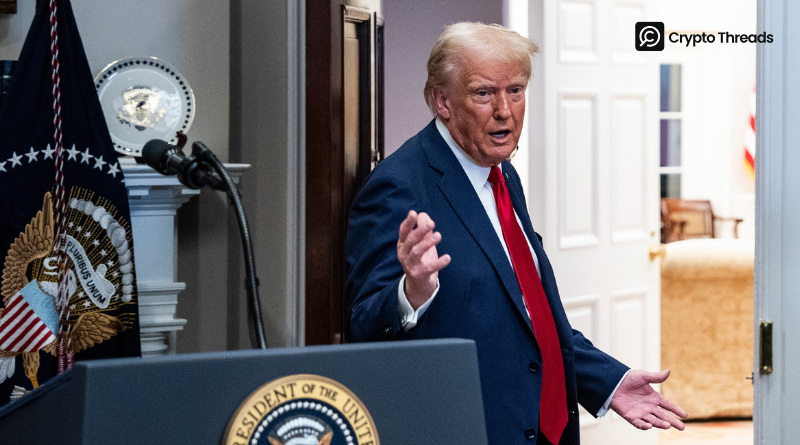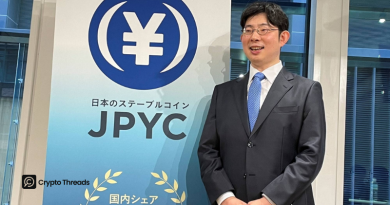Trump’s AI Plan: Eases Regulations, Removes DEI Guidelines
Key Takeaways
- Trump announces a 3-pillar plan to make the US the global AI hub
- Removes DEI, climate change, and misinformation guidelines from AI models
- Relaxes environmental regulations to accelerate AI data center construction
- Strengthens AI export controls to maintain global competitive advantage
- Develops alternative energy and brings semiconductor manufacturing back to the US
Overview of US AI Strategy
The White House has unveiled an ambitious plan to position the United States as the global leader in artificial intelligence. President Donald Trump reaffirmed the goal of making America the “AI capital” through a three-pillar strategy.
Protecting Free Speech and Modifying Content Standards
Eliminating DEI Guidelines
A key objective is to protect free speech and online expression within AI systems. The initiative will be led by the Department of Commerce (DOC) in collaboration with the National Institute of Standards and Technology (NIST).
According to the plan, the government will eliminate requirements or guidelines related to:
- Misinformation
- Diversity, Equity, and Inclusion (DEI)
- Climate change
Prioritizing “Frontier” AI Developers
While encouraging open-source AI development, the plan also proposes awarding government contracts exclusively to “frontier large language model (LLM) developers” – a term not clearly defined in the report.
Infrastructure and Energy Development
Accelerating Data Center Construction
Accelerating AI infrastructure development through rapid data center construction is central to the Trump administration’s strategy.
The expedited approval process includes:
- Reclassifying high-performance computing facilities under the modified National Environmental Policy Act (NEPA)
- Relaxing licensing requirements under current regulations
- Fast-track permitting despite regulations in the Clean Air Act, Clean Water Act, and other environmental laws
Stabilizing and Expanding the Power Grid
The strategy aims to “stabilize the current power grid to the maximum extent possible” through developing alternative energy technologies such as:
- Nuclear fusion
- Nuclear fission
Bringing Semiconductor Manufacturing Back to the US
The plan sets a goal to bring semiconductor manufacturing – a central component in creating AI and computer processors – back to the United States.
Controlling Global AI Development
Expanding International Influence
The report states: “To succeed in the global AI competition, America must do more than promote AI domestically. The US must also advance the adoption of American AI systems, hardware, and standards worldwide.”
Strengthening Export Controls
The strategy proposes stronger AI export controls and trade policies through coordination among these agencies:
- US Trade and Development Agency
- Export-Import Bank
- US International Development Finance Corporation
- Department of State
- Department of Commerce
Conclusion
Trump’s AI plan reflects a bold ambition to solidify the United States’ leadership in artificial intelligence. With eased environmental regulations, removal of DEI-related guidelines, and reinforced export controls, the strategy may significantly reshape the global AI landscape.



